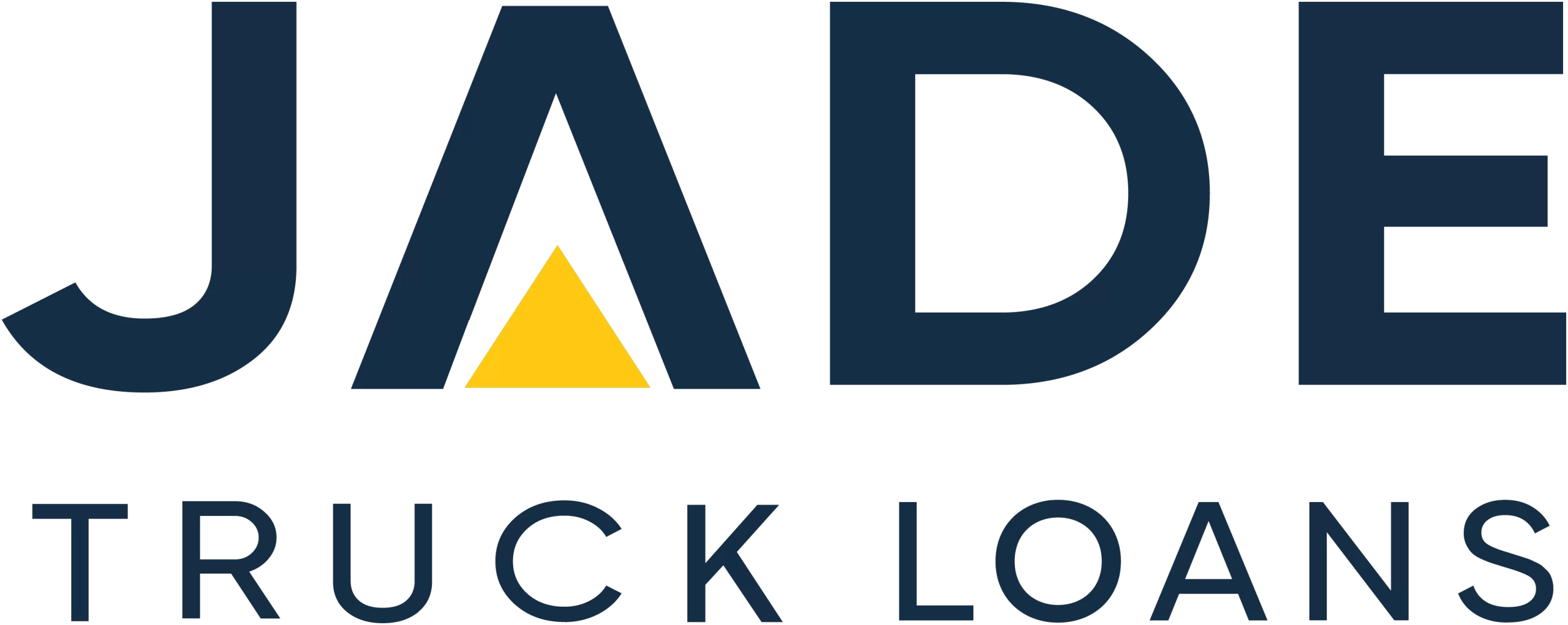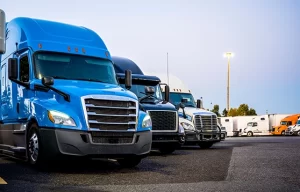So why would a business want to make monthly repayments on a truck that they don’t actually own?
When you lease a business premises, you pretty much have full use of the place and cover the maintenance costs without actually owning it or having the liability of the purchase price on your balance sheet. Financing a truck purchase through a leasing finance agreement operates in a similar way.
With leasing, you agree to a term of the lease (loan) with the lender, set a monthly repayment figure which is set over that term with the possible inclusion of a residual. On approval of your loan and finalising the heavy vehicle or trailer purchase, you have full use of that truck. With some leasing you’re responsible for the ongoing maintenance and costs and with other types of heavy vehicle leasing, you can build the maintenance and ongoing costs, such as rego and insurance, into the monthly leasing payment.
However, the ownership is legally retained by the lender for the term of the lease. When you finalise all payments, including the residual, then you take legal ownership.
Under some types of equipment leasing, if at the conclusion of the lease period you choose not to payout the residual, the lender continues ownership and can dispose of the vehicle as they wish. That is, you effectively hand it back to the lender.
The benefits of leasing as a financing structure depend on the type of business and include improving the company’s balance sheet, placing an absolute fixed costs on operating expenses and where trucks are heavily used and need replacing very regularly.



